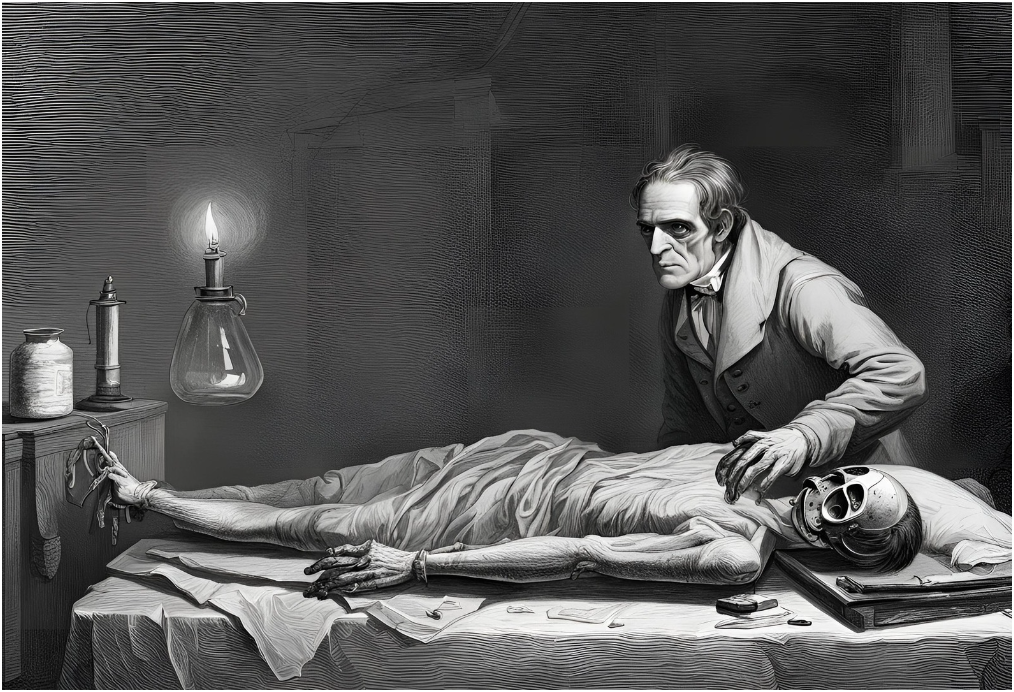Introduction
For centuries, the idea of enhancing human capabilities with artificial components existed only in the realm of myth and fiction. From ancient legends to modern science fiction, bionics has captured our imaginations. Today, what was once fantasy is becoming reality, transforming lives and pushing the boundaries of human potential.
Ancient Myths and Early Imaginings
Bionics, derived from "biological electronics," is not a new concept. The ancient Greeks told stories of gods and heroes with extraordinary powers, such as the bronze giant Talos who guarded Crete. In more recent history, Mary Shelley’s "Frankenstein" (1818) introduced the concept of reanimating the dead with science, albeit in a more macabre context.

Science Fiction to Scientific Fact
The 20th century saw a surge in the portrayal of bionic beings in popular culture. Characters like the Six Million Dollar Man and the Bionic Woman embodied the dream of superhuman abilities through technology. These stories, while fictional, inspired real-world scientific exploration.
The Birth of Modern Bionics
The term "bionics" was coined in 1960 by Dr. Jack E. Steele of the United States Air Force, merging biology with electronics to create solutions that replicate or enhance natural functions. Since then, remarkable advancements have been made:
Prosthetics:Modern prosthetic limbs, such as the bionic hand developed by Touch Bionics, mimic the movements and functionality of natural limbs with astonishing precision. These devices can be controlled by the user’s muscle signals, allowing for a high degree of dexterity and control.
Sensory Enhancements: Cochlear implants, introduced in the 1980s, have restored hearing to thousands of individuals with profound hearing loss. Retinal implants are now emerging, offering the potential to restore vision to the blind.
Neural Interfaces: Cutting-edge research is developing brain-computer interfaces (BCIs) that enable direct communication between the brain and external devices. This technology has profound implications for those with paralysis, offering new ways to interact with their environment.
Practical Applications and Future Prospects
Today, bionic technologies are not just about restoring lost functions but also about enhancing human capabilities. Exoskeletons are being used to assist those with mobility impairments, and even for augmenting the strength and endurance of workers in various industries. The field of neurobionics is exploring ways to enhance cognitive functions and treat neurological conditions.
Looking ahead, the integration of artificial intelligence with bionic systems promises even greater advancements. Personalized and adaptive bionics could revolutionize healthcare, making customized solutions accessible to more people.
Conclusion
The journey of bionics from myth to reality is a testament to human ingenuity and the relentless pursuit of improvement. As science and technology continue to evolve, the line between what is natural and what is artificial will blur, opening up new possibilities for enhancing human life. The dream of becoming bionic beings is no longer confined to the pages of science fiction; it is a tangible reality that continues to grow and evolve.